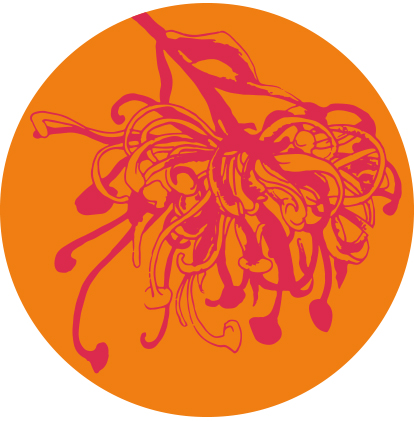Mindarie Foreshore & Kinsale Park Trail - Stop 5

Small but rich
Kinsale Park retains close to 5.8hectares of bushland including several plant communities and several plant species which are of high conservation significance.
In 2015, a member of the Quinns Rocks Environmental Group made a discovery of a plant that is listed as ‘Threatened’. Record of this very rare plant in Kinsale Park is the only known record within the City of Wanneroo and there are very few known occurrences elsewhere in Western Australia. This latest discovery further adds to the known conservation values of this small bushland reserve.
There were three plant communities mapped in Kinsale Park:
- Melaleuca cardioplylla/Melaleuca huegelii/Acacia rostellifera closed heath
- Mixed open heath to low open heath with Acacia xanthina/Banksia sessilis tall open shrub
- Eucalyptus decipiens malee over mixed low heath (in the middle of the reserve).
Majority of the vegetation is in good condition. Several introduced trees and shrubs have escaped into the bushland from the edges where they were planted. While most of the introduced Coastal Moort (Eucalyptus platypus) were removed, some plants like Grevillea olivaceae, Victorian tea-tree (Leptospermum laevigatum)or Japanese pepper (Schinus terebinthifolia).
Other significant plants recorded in the reserve include Hibbertia spicata subsp. leptotheca Listed as Priority 3 species – Poorly known taxa and Lechenaultia linarioides.

Image: Broom ballart (Exocarpus sparteus). Photo courtesy to the Quinns Rocks Environmental Group Inc.

Image: Coast beard-heath (Leucopogon parviflorus). Photo courtesy to the Quinns Rocks Environmental Group Inc.

Image: Yellow buttercups (Hibbertia hypericoides). Photo courtesy to the Quinns Rocks Environmental Group Inc.

Image: Parrot bush (Banksia sessilis) provides an important food source to the threatened Carnaby's black cockatoos (Calyptorhynchus latirostris) that visit coastal vegetation in winter. Photo courtesy to the Quinns Rocks Environmental Group Inc.

Image: Greenhood orchid (Pterostylis sp.). Photo courtesy to the Quinns Rocks Environmental Group Inc.
The dense vegetation and a range of flowering plants provide habitat to a range of birds. Birds that can be easily observed in the reserve include:
The nationally listed, threatened Carnaby’s Black Cockatoos occasionally visit the reserve.